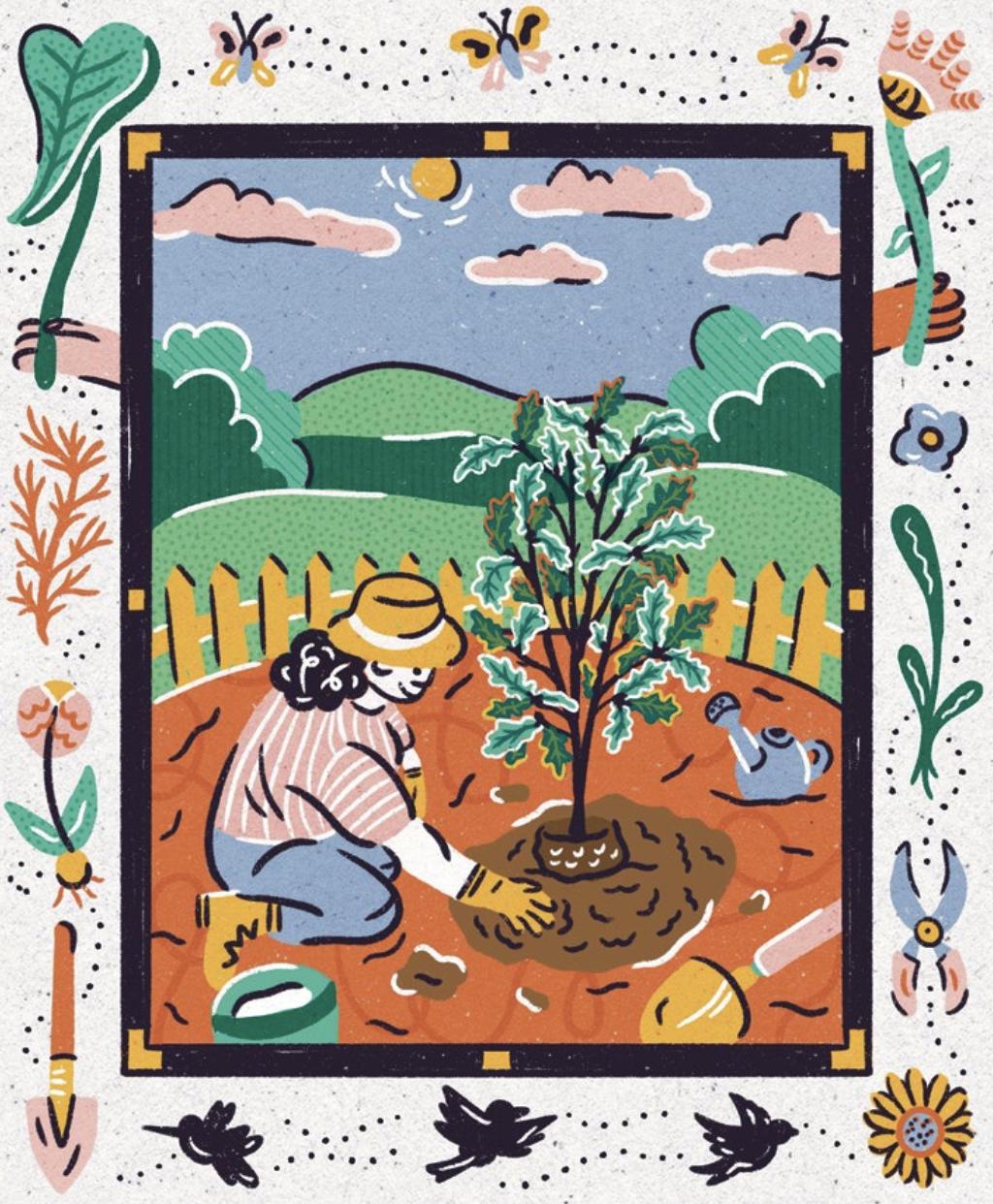Home & Living
Trusted Tips If You’re Planning to Plant a Tree This Spring
Local experts share their best advice.

Planting a tree is almost like giving birth. They start out really tiny, get bigger and bigger, branch out (literally), and hopefully begin to blossom. It’s a cool but daunting process. But where to begin?
“It’s important for people to think about the future when they think about trees,” says Leanna Powell of Blue Water Baltimore. The nonprofit organization, which aims to maintain and restore the health of local waterways, plants trees throughout the region’s watersheds—everywhere from schools and private institutions to streets and yards.
“Trees can affect the foundation of homes and sidewalks,” says Powell. “They require watering and maintenance and pruning. So we absolutely want people to plant trees and be well-prepared to take care of them [long term.]”
Once the hands-on, decades-long commitment has been established, you’re ready to start the tree-ownership process. But you’ll want to wait to plant until the timing is just right.
“Trees can be planted any time the ground is workable—that is, not frozen or too soggy,” explains Miri Talabac, a horticulture consultant with University of Maryland’s Home & Garden Information Center.
According to Powell, this means early spring, with finer soil and warmer weather for planting. But in Talabac’s opinion, autumn is also pretty ideal when it comes to tree planting. “Air temperatures are cooling, rains tend to be reliable, and the soil remains warm to support good root establishment.”
However, when purchasing a tree, it doesn’t hurt to get an early start. “Nurseries tend to begin stocking up on new supplies in March, so from the perspective of options, early spring is an excellent time to browse,” Talabac says.
Like Powell, she suggests prioritizing native species, such as oak and serviceberry, adding that for those who plan to plant multiple trees at once, diversity is key—particularly when it comes to navigating weather fluctuations. But beyond this—save for picking up important tools including round- tipped shovels, mulch, tarp, and hand cultivators for detangling roots—Talabac and Powell agree that choosing the right tree comes down to knowing the dynamics of the chosen planting space.
“One of the most important things to think about is how big this tree is going to get,” Powell says. “Also, how wet is your soil? How much sun or shade is this tree going to receive? Some species like sycamores love wet environments and low-lying land, where another tree might not do as well.”
Above all, Talabac advises newcomers to “do research and avoid impulse buying.” And when in doubt, Powell suggests attending volunteer tree-planting sessions, like the ones hosted by Blue Water Baltimore.
“You can plant a couple of trees in an hour, and that hour of your life will make a permanent difference,” says Powell. “Those trees will probably outlive you, and that’s an amazing thing.”